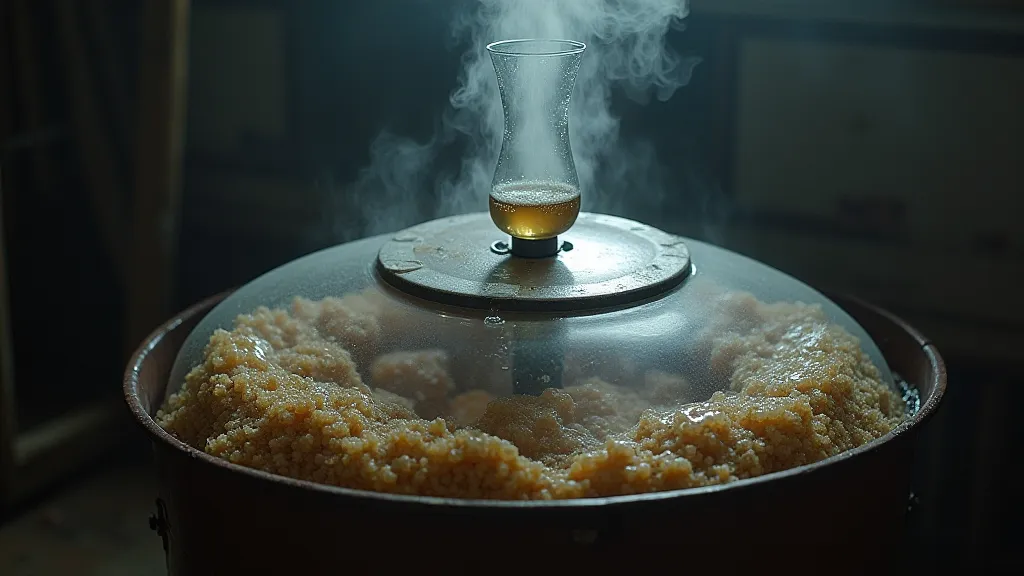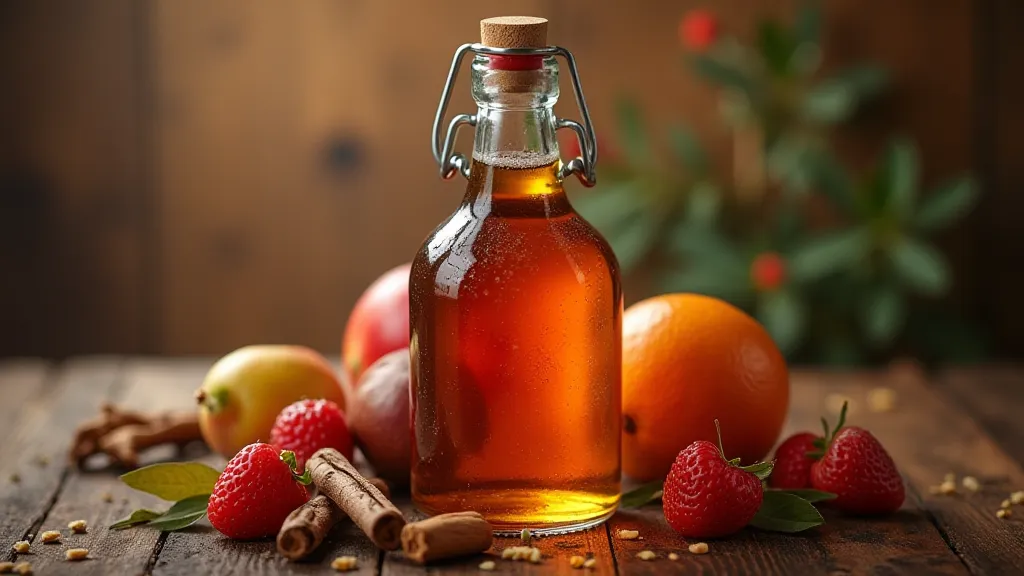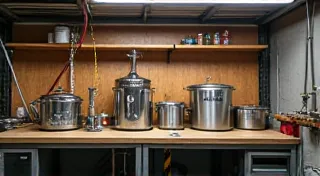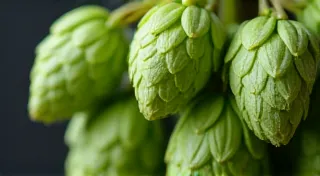Making Mead: A Beginner's Guide to Honey Wine
Welcome to the wonderful world of mead making! If you're already enjoying the art of home brewing beer, expanding your repertoire with honey wine – also known as mead – is a surprisingly accessible and rewarding experience. This beginner’s guide will walk you through the basics, from ingredients to fermentation and aging.
What is Mead?
Mead is an alcoholic beverage made by fermenting honey with water, often with the addition of fruits, spices, grains, or hops. Its history stretches back millennia, making it one of the oldest fermented beverages known to humankind. It’s often referred to as "honey wine" due to its resemblance to wine in appearance and drinking style. While the core process shares similarities with other fermentation projects, proper sanitation is absolutely crucial, just as it is when cleaning and sanitizing your brewing equipment. Failing to do so can lead to off-flavors and a ruined batch.
Ingredients for Your First Mead
The core ingredients for mead are simple: honey, water, and a source of yeast.
- Honey: The star of the show! The type of honey you use will significantly impact the final flavor. Clover honey is a good starting point for a mild, approachable mead. Darker honey varieties (like buckwheat or wildflower) will lend more robust flavors.
- Water: Use good quality, non-chlorinated water. Spring water or filtered water is ideal.
- Yeast: Bread yeast homebrewing a classic pale ale. The impact on the final product can be significant.
- Optional Additions: Fruits (berries, apples, peaches), spices (cinnamon, cloves, nutmeg), and herbs can add complexity and character to your mead.
Step-by-Step Mead Making Process
1. Must Preparation:
The "must" is the unfermented mixture of honey and water. Dissolve the honey in a measured amount of warm (not hot!) water. Stir thoroughly to ensure all the honey is dissolved. A typical starting ratio is 3-4 pounds of honey per gallon of water, but adjust to your desired sweetness. Before you even get to this point, ensuring you have the right essential brewing equipment is key. Trying to make mead with inadequate tools will only lead to frustration and potentially compromised results.
2. Sanitization:
This is crucial! All equipment that will come into contact with the must *must* be meticulously sanitized to prevent unwanted bacteria or wild yeasts from spoiling your mead. Use a food-grade sanitizer like Star San or potassium metabisulfite. This includes not just the fermentation vessel, but also spoons, airlocks, and any other tools you plan to use. Don't skimp on this step!
3. Pitching the Yeast:
Once the must is cooled to the yeast’s ideal fermentation temperature (usually between 65-75°F), pitch the yeast. Rehydrating the yeast according to the packet instructions is highly recommended for best results. Using a hydrometer to measure the initial gravity of the must can also provide valuable data for tracking the fermentation process.
4. Primary Fermentation:
Cover your fermentation vessel (a carboy or bucket) with an airlock to allow CO2 to escape while preventing oxygen from entering. The primary fermentation stage usually lasts 1-3 weeks, depending on the yeast strain and ambient temperature. You’re looking for vigorous bubbling in the airlock, indicating fermentation is active. Maintaining a consistent temperature is essential for optimal yeast performance.

5. Secondary Fermentation & Clearing:
Once primary fermentation slows down (less vigorous bubbling), carefully transfer the mead to a clean, sanitized carboy. This process, called racking, separates the mead from the sediment (lees) that has settled at the bottom. Secondary fermentation allows the mead to clear and develop more complex flavors. This can take several weeks or months. Racking also helps to minimize the risk of off-flavors developing from the lees.
6. Aging:
Aging is where mead truly shines. While you *can* drink mead relatively soon after secondary fermentation, allowing it to age for several months (or even years!) will result in a smoother, more refined flavor profile. Storing the mead in a cool, dark place is important. Consider how the type of honey impacts the aging process - bolder honeys may require longer aging periods to fully mellow.

Troubleshooting & Tips
- Stuck Fermentation: If fermentation stops prematurely, it could be due to low nutrients, temperature fluctuations, or a weak yeast strain. Adding yeast nutrient can often revive a stalled fermentation.
- Off-Flavors: Unwanted flavors can arise from contamination or improper sanitation. Consider the potential for oxygen exposure during racking - minimizing contact with air is crucial.
- Be Patient: Mead making requires patience! Don't rush the process. The longer you wait, the better the results will likely be.
Advanced Mead Making Techniques
Once you’ve mastered the basics, you can start experimenting with more advanced techniques. This includes:
- Melomel: This is a mead with fruit added. The fruit can be added during primary fermentation or added later during secondary fermentation.
- Spiced Mead: Spices like cinnamon, cloves, nutmeg, and vanilla add complexity and warmth to your mead.
- Metheglin: This is a mead with herbs and spices added.
- Cyser: This is a mead made with apples or apple juice.
- Sack Mead: This is a fortified mead made with a neutral spirit, like brandy.
Enjoy Your Home-Brewed Mead!
Making mead is a rewarding hobby. Experiment with different honey varieties, fruits, and spices to create your own unique and delicious honey wines. Cheers!





